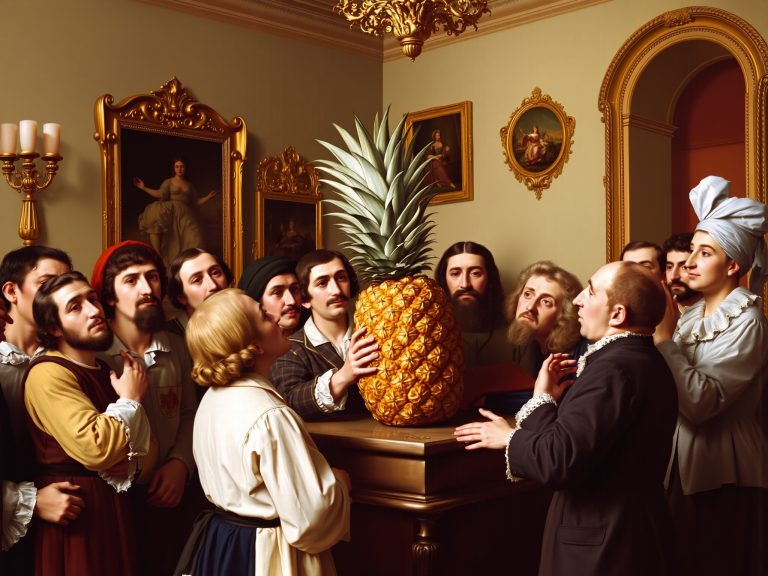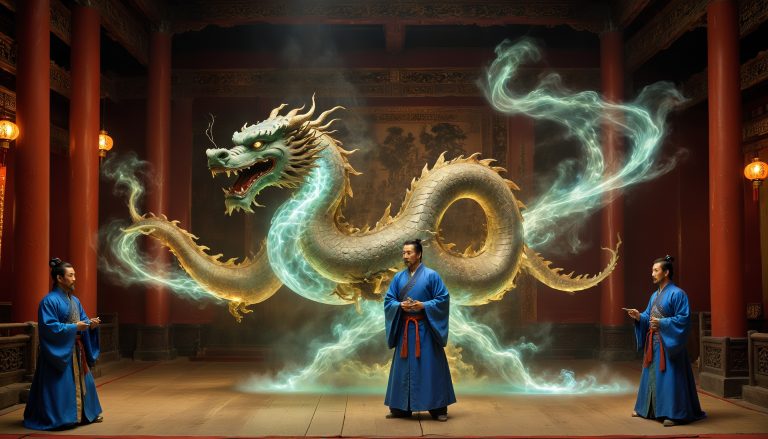Introduction
In the heart of medieval Europe, amidst the chivalric orders and grand battles, emerged a lesser-known yet equally significant group: The Chocolate Knights. Unlike their contemporaries who sought holy relics and fought in grand crusades, these knights dedicated their lives to protecting the world’s most treasured delight – chocolate.
Origins of the Chocolate Knights
The origins of the Chocolate Knights can be traced back to the late 12th century, when a shipwreck off the coast of Spain revealed a cargo of cacao beans from the New World. Initially perceived as a curiosity, the beans soon caught the attention of the local nobility, who recognized their potential. A secret society was formed, composed of noblemen and women who vowed to protect and cultivate this newfound treasure.
The Code of the Cocoa
The Chocolate Knights adhered to a strict code known as the “Code of the Cocoa.” This code dictated not only their conduct in battle but also their approach to chocolate cultivation and distribution. Key tenets included:
- Secrecy: The location of cacao groves and the process of chocolate making were closely guarded secrets.
- Purity: Only the finest ingredients could be used, ensuring the highest quality of chocolate.
- Protection: Defend the cacao fields and trade routes from bandits and rival factions.
- Charity: Share the joy of chocolate with the needy during festive seasons.
Legendary Feats and Tales
The Siege of ChocoCastle
One of the most famous tales is the Siege of ChocoCastle. In 1247, a band of marauding knights sought to capture the Chocolate Knights’ stronghold, ChocoCastle, located in the Pyrenees. For months, the Chocolate Knights withstood the siege, their morale bolstered by a steady supply of chocolate rations. In a daring midnight raid, they managed to outflank the besiegers and secure their fortress, ensuring the continued flow of chocolate to Europe.
The Chocolate Treaty of 1305
Another significant event was the Chocolate Treaty of 1305, where rival factions were brought to the negotiating table over a cup of hot chocolate. This treaty not only prevented a large-scale conflict but also established guidelines for the fair trade of cacao beans, laying the foundation for modern trade practices.
Decline and Legacy
By the late 15th century, the Chocolate Knights faced decline as the knowledge of chocolate making spread across Europe and beyond. However, their legacy lived on through the traditions they established and the spread of chocolate culture.
Today, the influence of the Chocolate Knights can still be felt. Modern chocolatiers honor their commitment to quality and tradition, and the mythos of the Chocolate Knights inspires both historical enthusiasts and sweet lovers alike.
Five Fun Facts about Chocolate and Medieval Times
- Cacao’s Journey to Europe: The cacao bean was introduced to Europe by Spanish explorers in the early 16th century .
- Chocolate as Medicine: In the 16th century, chocolate was believed to have medicinal properties and was used to treat various ailments .
- Medieval Feasts: Medieval banquets often featured elaborate sweet dishes, though chocolate was not yet common .
- Chivalric Orders: The concept of knightly orders, like the Templars, inspired the fictional Chocolate Knights .
- Cacao Cultivation: The cultivation of cacao beans was a well-guarded secret among the Mesoamerican civilizations long before it reached Europe .




